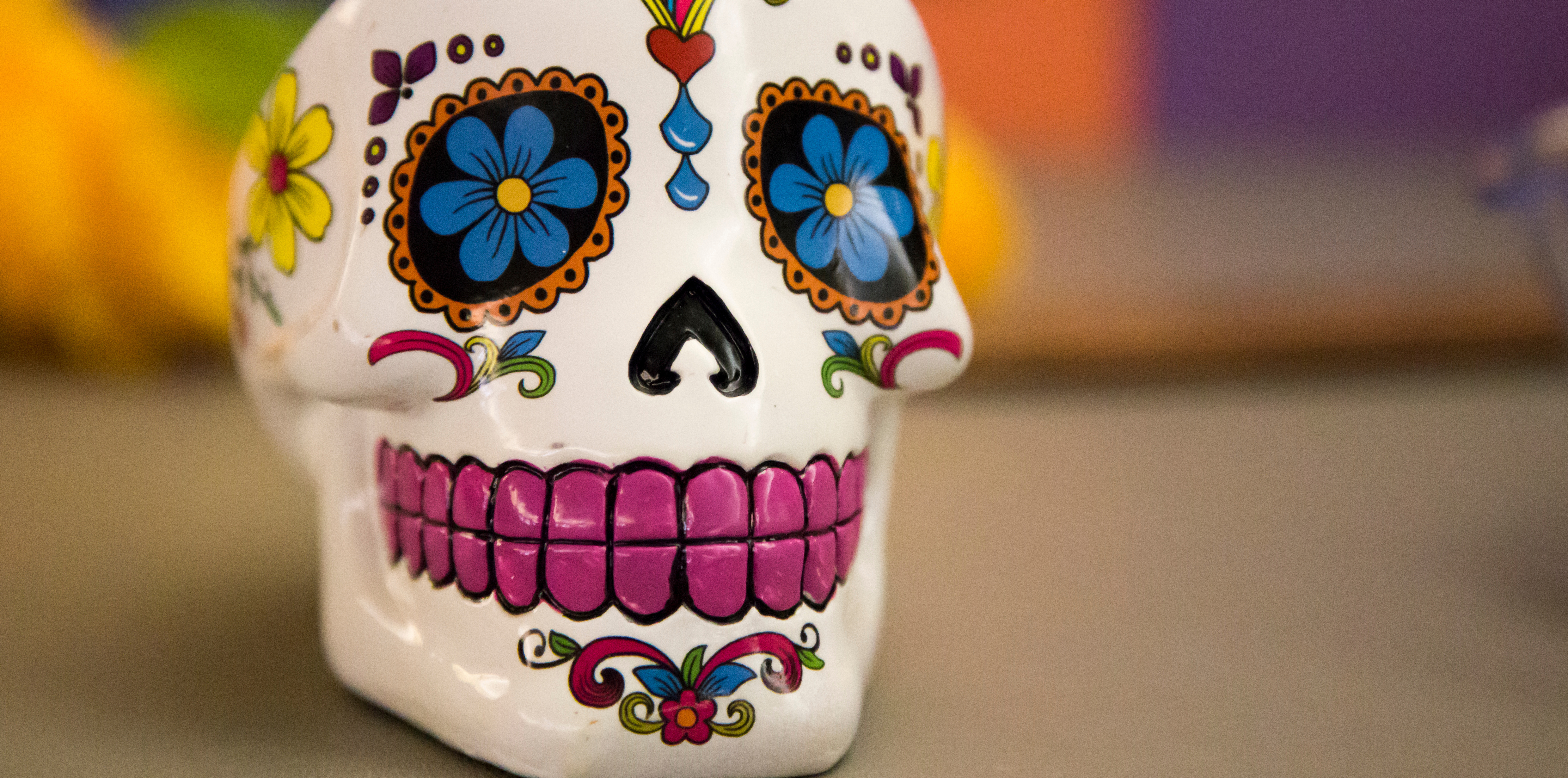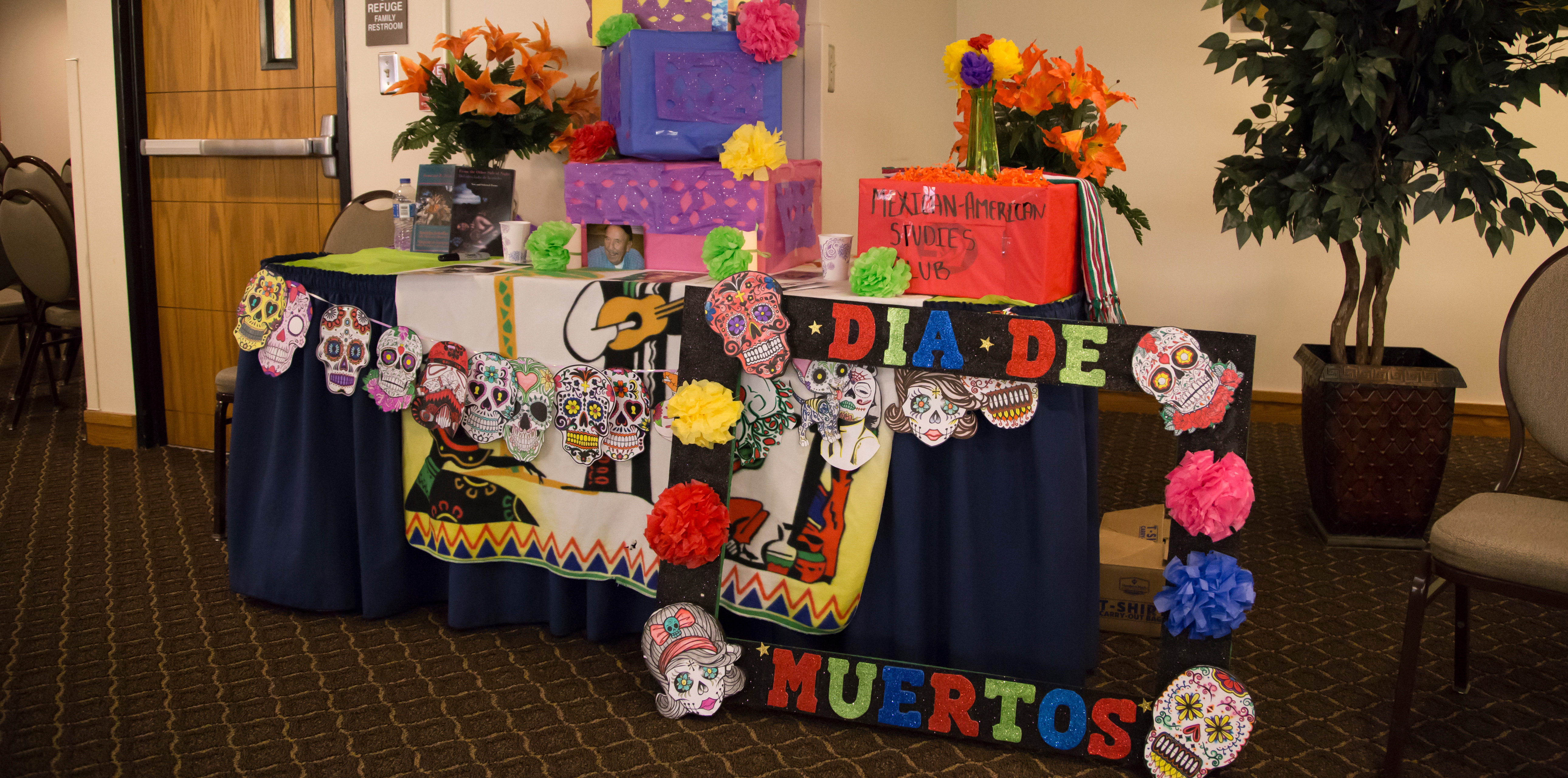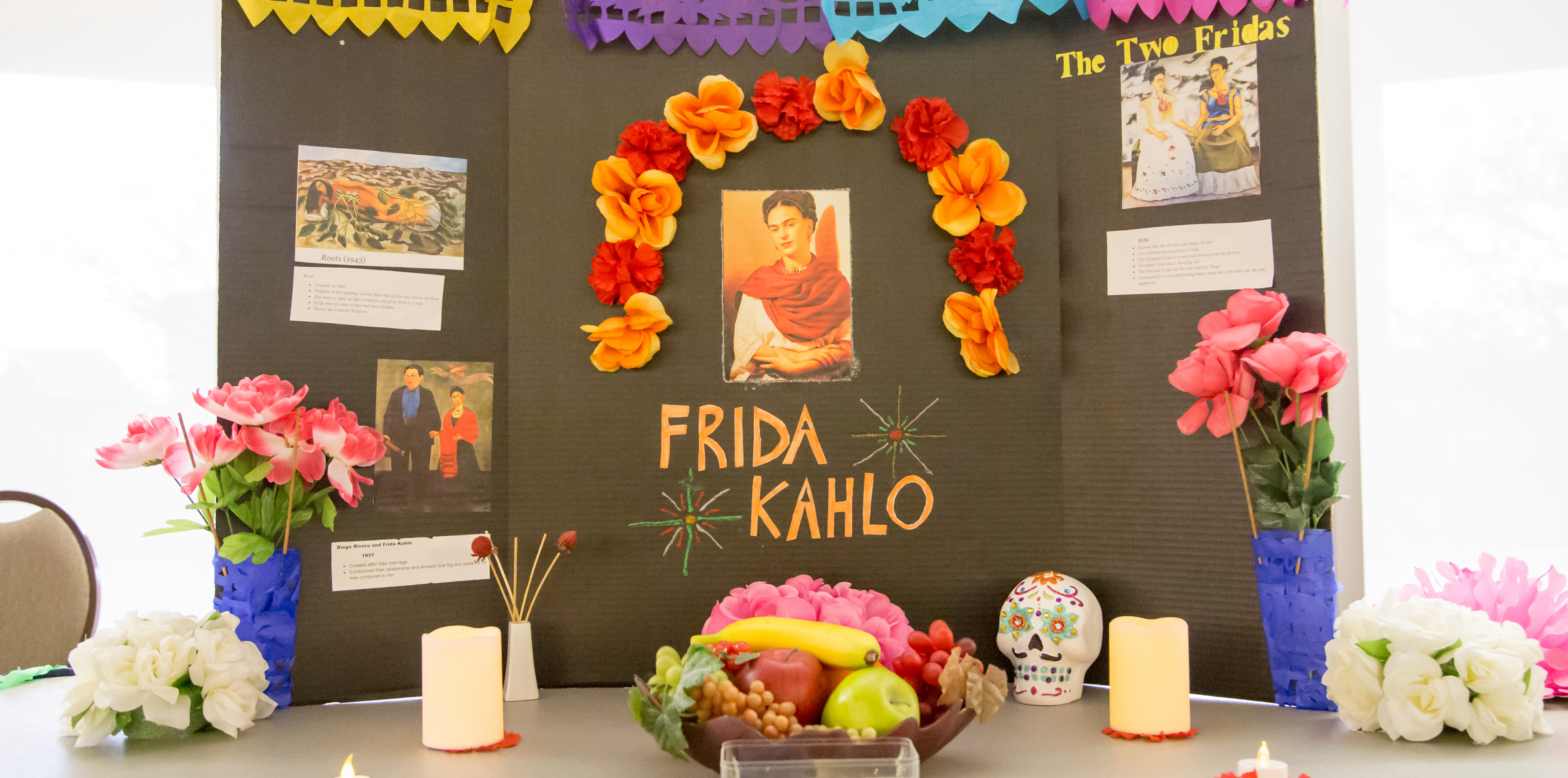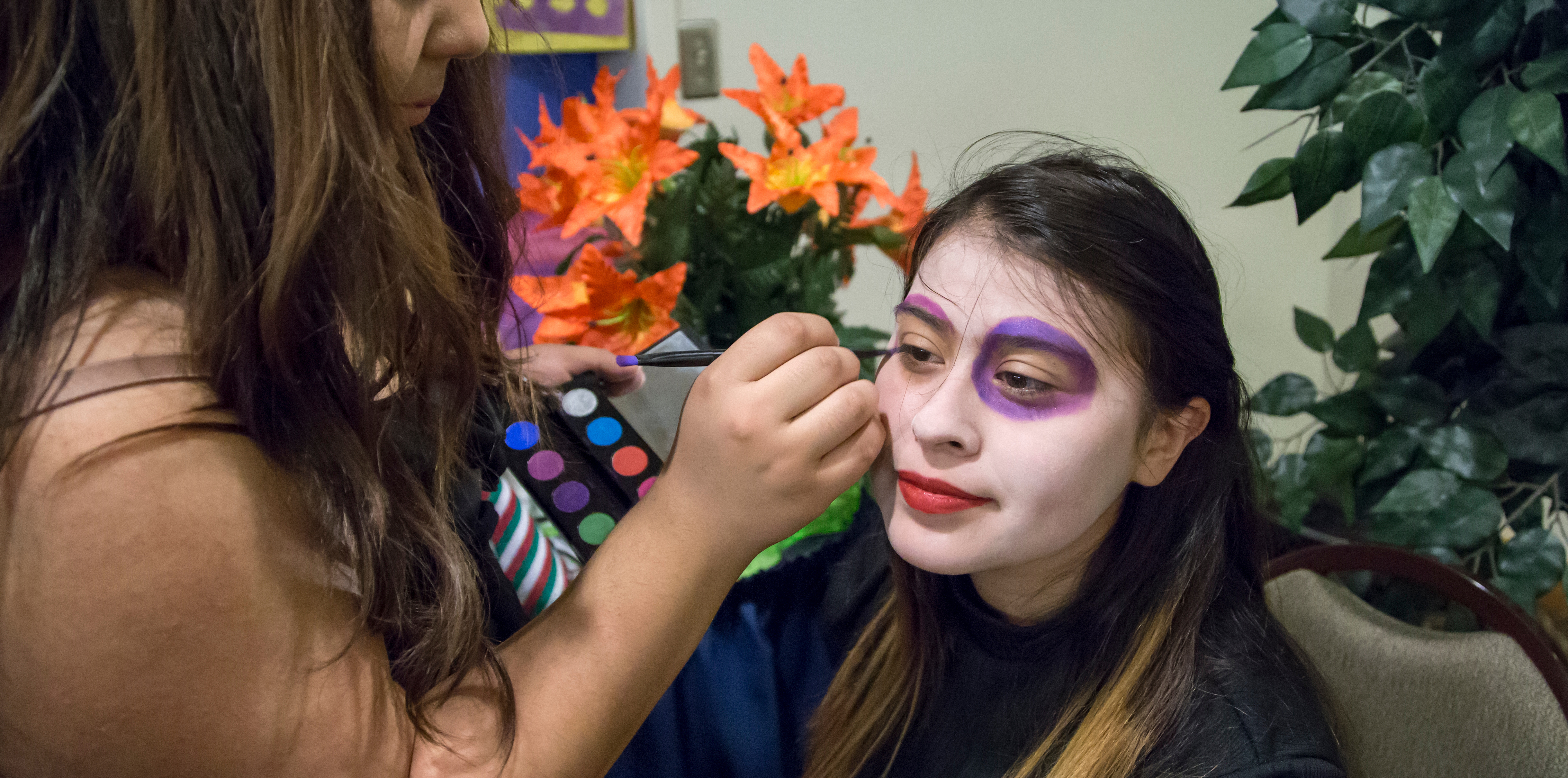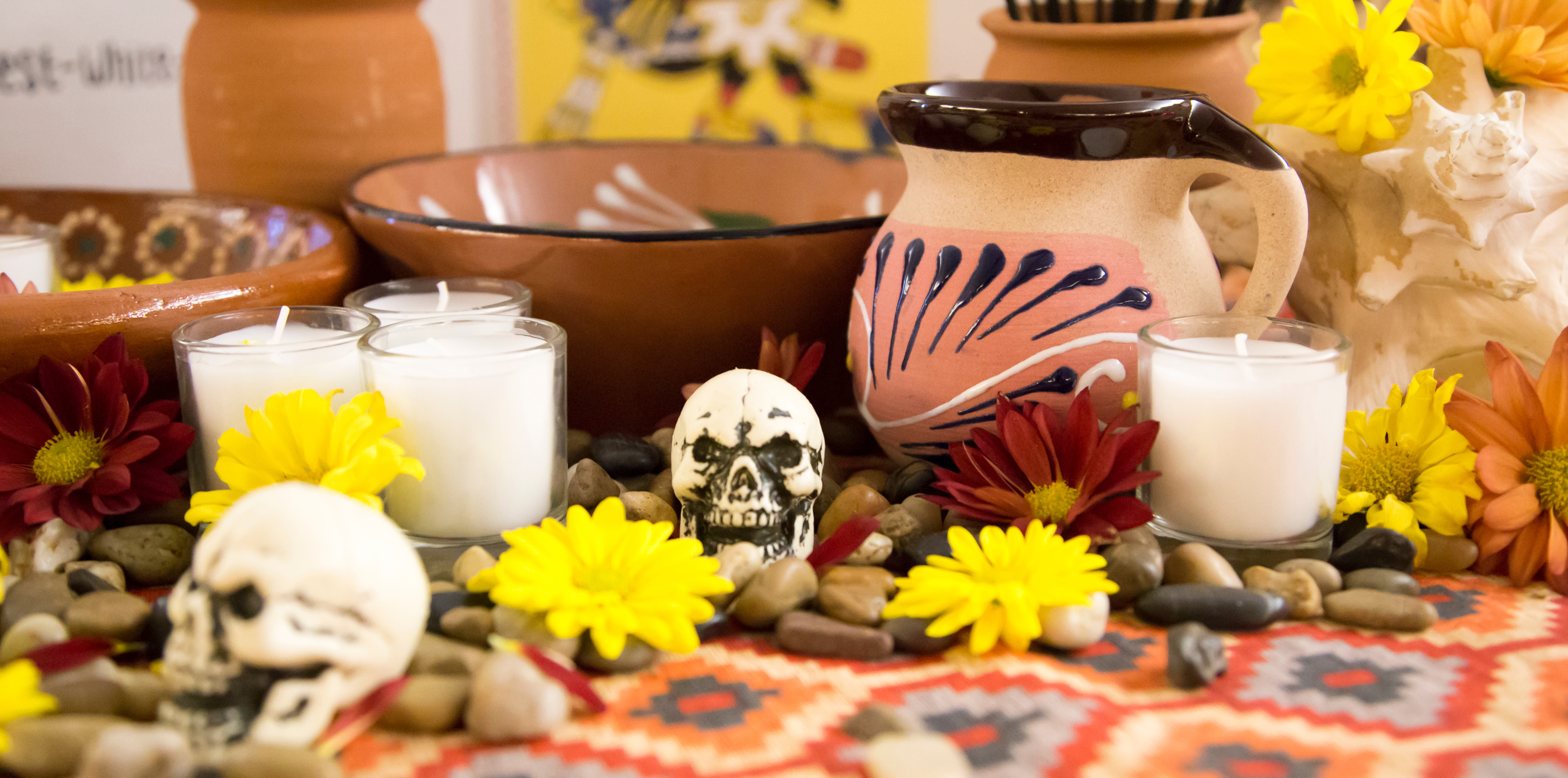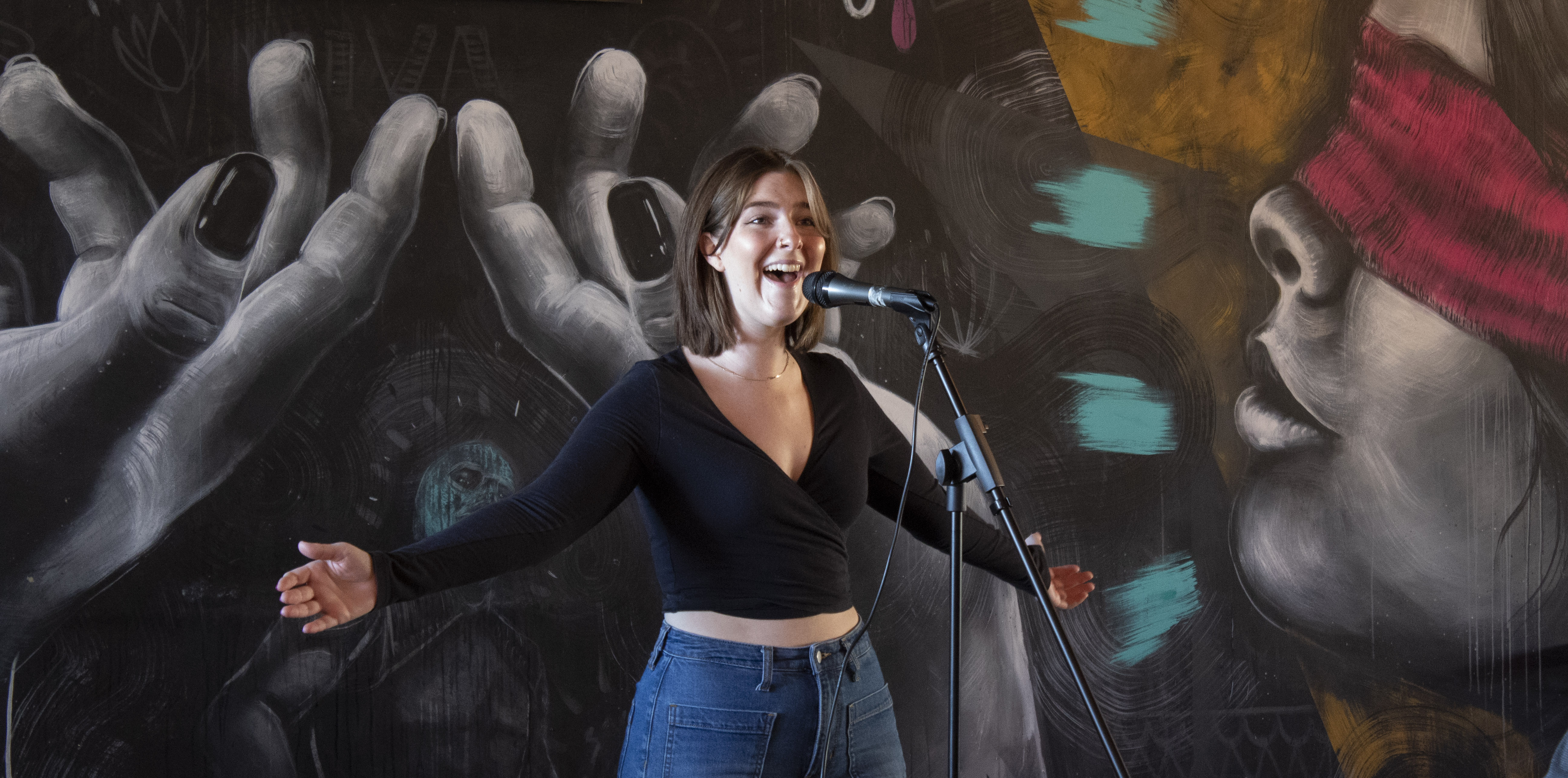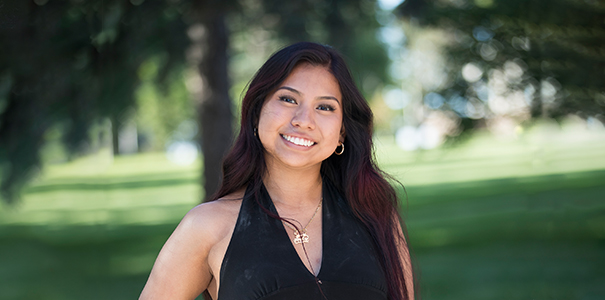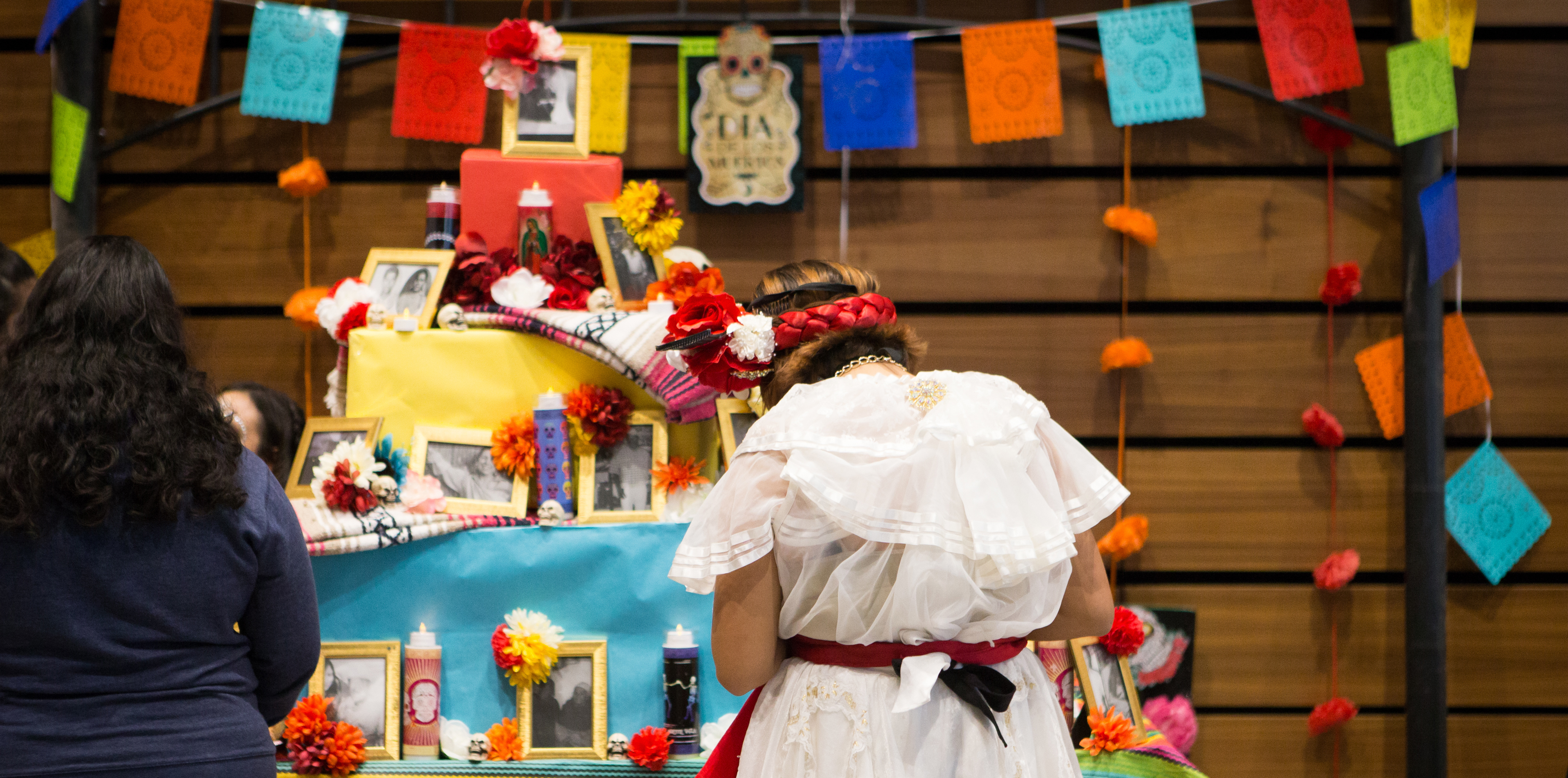
For over two decades, the University of Northern Colorado (UNC) has been at the forefront of celebrating a cultural tradition that unites people in remembrance of loved ones who have passed away. The festivity called Día de Muertos, also known in English as Day of the Dead, is a celebration deeply rooted in Mexican culture where death is honored and the deceased are remembered.
UNC's enduring commitment to this happy, colorful celebration dates back to 1996 when, according to Jonathan Alcántar, Ph.D., associate professor and chair of the Chicana/o and Latinx Studies program (CLAS), the university organized Colorado’s first Day of the Dead celebration. Since that time, the celebration has attracted the curious, the engaged and revelers from all walks of life.
“It is a celebration of life and an opportunity to reflect on the importance of maintaining a connection through memories of those who have passed away.”
— Samuel Dong
For Bee Martinez, a student assistant with UNC’s Chicano/a Latinx Studies (CLAS) program, the Day of the Dead transcends boundaries and unites people in a celebration of life and memory. It is a testament to the power of culture in fostering understanding and appreciation.
An Education student at UNC, Martínez said the way he discovered his identity as Latino and Chicano was through participating in the Day of the Dead event in 2021. Now he is part of the CLAS department and an important organizer of this year's Día de los Muertos celebration, which takes place on Thursday, Nov. 2, from 5 - 8 p.m., at Campus Commons.
This year’s event features Aztec dance, a fashion contest, food and live music, as well as a vibrant exhibit of student altars that will be on display in the Campus Commons main hall from Oct. 30 through Nov. 10. It is free and open to the public.
Día de los Muertos, celebrated annually on Nov. 1 and 2, holds great significance for Mexican and Latinx communities. It is a time to honor the memories of deceased loved ones, celebrate their lives and symbolically welcome their spirits back to the world of the living. The celebration has its origins in the rituals practiced by the indigenous peoples of the Americas, according to The Mexican Museum and even stretches back more than 3,000 years ago when the Olmecs and subsequent Toltecs, Mixtecs, Zapotecs, Maya and Aztecs honored death.
On campus, students, faculty, staff and the larger Greeley community will come together in unity and commemorate the lives of their loved ones. The event also offers a unique opportunity to educate the public about the rich cultural traditions of Mexico and Latinx communities while fostering a sense of belonging and understanding among people from diverse backgrounds.
For Samuel Dong, professor of Design and Coordinator of Foundations in UNC’s College of Performing and Visual Arts, Day of the Dead serves as an essential platform for dialogue and understanding.
“The celebration allows us to engage in meaningful conversations about cultural heritage and the significance of preserving traditions while fostering inclusivity," said Dong.
This year’s event includes a traditional altar fair with altars called las ofrendas (“offerings”) set up to welcome home the souls of the dead. It is common to see skulls or calaveras as decorations made of papier-mâché, clay, wood, metal, cut-out tissue paper or even of sugar decorated with colored icing, flowers or brightly colored foils.
"At UNC, we have been privileged to celebrate this tradition for over two decades. The tradition of having altars and a Day of the Dead started with Emeritus Professor Priscila Falcon,” said Martínez. “It's an integral part of the culture of our people and the Greeley community. We invite everyone to take part in our celebration and gain knowledge of the importance of celebrations like this."
Relevance and Meaning of Altars
According to Dong, for many Mexicans, the Día de los Muertos celebration is rooted in a profound belief that death is a natural part of the human experience, not to be feared but embraced.
“It is a celebration of life and an opportunity to reflect on the importance of maintaining a connection through memories of those who have passed away.”
During the celebration, people create colorful altares, or ofrendas, with different elements that represent important aspects of the way life and death are understood. The altars are adorned with photographs and the favorite foods and beverages of departed family members. It is believed that those who are gone will come back to eat, and the way to bring them back is through remembering them.
According to UNESCO, the international authority that gave Día de los Muertos its title of Intangible Cultural Heritage of Humanity in 2008, tissue paper of different colors called papel picado is cut and hung around the altar. When wind blows through the papel picado, it can be a reminder of the ephemeral aspect of life. Cempasúchitl petals (a kind of Marigold) are often scattered to guide the spirits back, and vibrant sugar skulls, or calaveritas de azúcar, are a reminder that death is an inevitable part of life.
For some indigenous communities, the colors of the papel picado, also indicate who the altar is built for. The most predominant colors are orange and purple.
- Orange was the color of death in some Mesoamerican cultures.
- Purple refers to the funerary color in the Catholic tradition.
- Green represents that the person who died was young.
- Yellow is for those who died old.
- White is for adults.
- Blue is the color of those who drowned.
- Red applies to a person who died in combat or giving birth.
–written by Carlos José Pérez Sámano
More Stories
-
Day of the Dead: A Time-Honored Mexican Tradition
Día de Muertos: una tradición mexicana consagrada
-
Day of the Dead: A Time-Honored Mexican Tradition
Día de Muertos: una tradición mexicana consagrada
-
PHOTOS: Day of Art
Este artículo no está en español.
-
Born to help: A Career in Nursing
Nacido para ayudar: una carrera en enfermería

